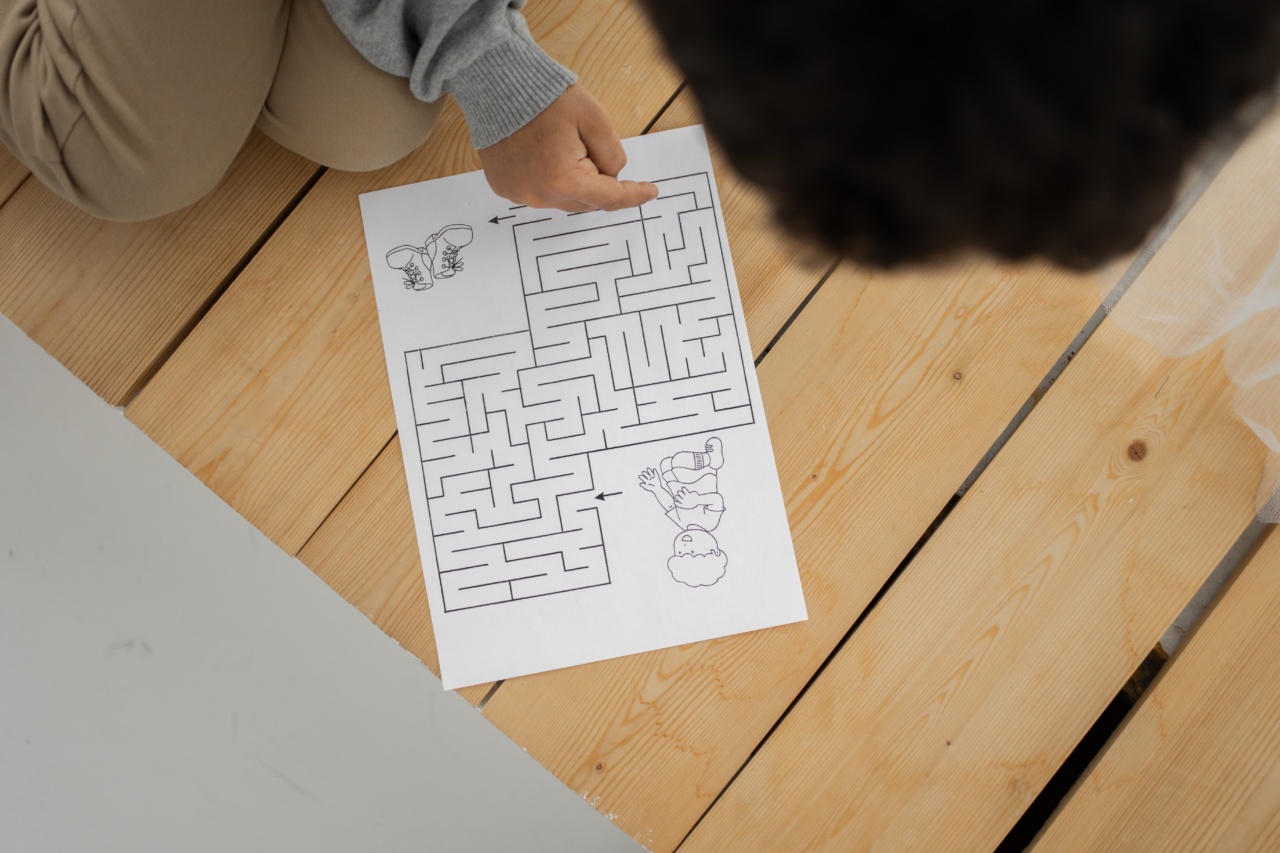Alcohol consumption can be dangerous for any age group, but it can have a more significant impact on the development of adolescent brains. The teenage brain is still developing, and alcohol consumption during this period can lead to lasting damage.
Studies have shown that the adolescent brain is particularly sensitive to alcohol’s effects, which can impact behavior, mood, cognition, and brain structure.
Brain Structure and Alcohol
Studies have shown that alcohol consumption during adolescence can lead to alterations in the structure of the brain.
One of the most significant impacts of alcohol is on the hippocampus, the part of the brain responsible for memory formation and learning. Excessive alcohol consumption can damage the hippocampus, leading to memory problems that can persist into adulthood.
Additionally, alcohol can impact the development of the prefrontal cortex, the region of the brain responsible for decision-making, judgment, and impulse control.
Behavioral and Mood Impacts of Alcohol
Alcohol consumption can have significant impacts on adolescent behavior and mood. Adolescents who drink alcohol are more likely to engage in risky behaviors such as driving under the influence or unprotected sex.
Alcohol can also lead to increased aggression and poor decision-making, which can have lasting effects on an adolescent’s development. Additionally, alcohol consumption can be linked to the development of mental health disorders such as depression and anxiety.
Cognitive Impacts of Alcohol
The adolescent brain is still in the process of developing cognitive skills such as attention, reasoning, and problem-solving. Alcohol can impact the development of these skills, leading to cognitive impairments that can persist into adulthood.
Excessive alcohol consumption during adolescence can impact the brain’s ability to form new neural connections, making it more difficult to learn and remember new information. Alcohol consumption can also lead to decreased attention span and impaired decision-making.
The Risks of Binge Drinking
Binge drinking is a particularly risky behavior for adolescents, as it can lead to significant health consequences.
Binge drinking is defined as consuming a large amount of alcohol in a short period, leading to a blood alcohol concentration of 0.08% or higher, typically within two hours. The risks associated with binge drinking include alcohol poisoning, high blood pressure, liver disease, and heart disease. Additionally, binge drinking can lead to accidents, injuries, and even death.
How to Prevent Alcohol Use in Adolescents
Preventing alcohol use in adolescents is key to minimizing its impacts on brain development. Parents and caregivers play a crucial role in preventing alcohol consumption by discussing the risks and consequences of using alcohol.
Setting clear rules and boundaries and monitoring behavior can also help prevent alcohol use. Additionally, educating teenagers about the risks associated with alcohol use can help promote healthy behaviors and decision-making.
Seeking Help for Alcohol Use
If an adolescent is struggling with alcohol use, seeking help is essential. Treatment options can include individual and group therapy or counseling, support groups, and medications.
It is vital to seek help early on to prevent lasting damage to brain development and to promote healthy behaviors and decision-making in the future.
Conclusion
Alcohol consumption can have significant impacts on adolescent brain development, leading to lasting cognitive, behavioral, and mood effects.
Preventing alcohol use and seeking help if necessary is essential to promoting healthy development and preventing lasting damage to the brain.






























